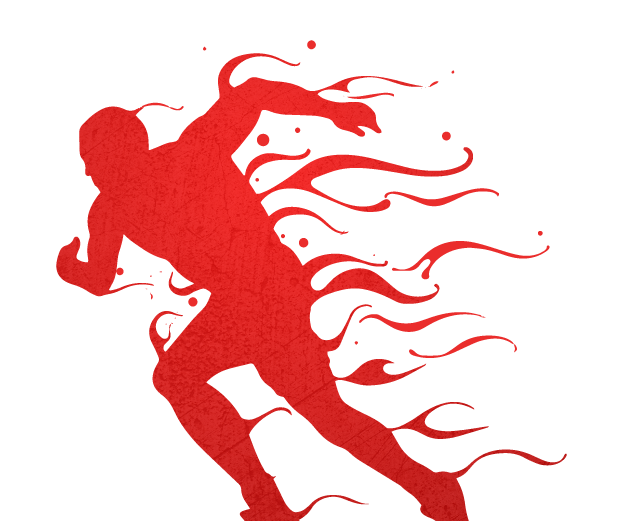
Sometimes, heavy drinking over a short period, even less than a week, can cause this. Some people — especially women — are more prone to bruising than others. As people get older, the skin becomes thinner and loses some of the protective fatty layer that helps cushion blood vessels from injury.

Increased Pain and Hypersensitivity
As a result, it is usually necessary to get medical help to manage alcohol use disorder. While not specifically approved for the treatment of alcoholic neuropathy, antidepressant medications are often prescribed to help control the pain. Anti-seizure medications are sometimes prescribed as a way to manage pain.

Minimizing the Risk
To diagnose ALD, a healthcare provider will assess alcohol use, ask about symptoms, and conduct several tests. An assessment of alcohol use will establish when alcohol consumption started, how much a person drinks, and how often. Fatty liver disease can often be reversed by stopping drinking alcohol. After two to three weeks of abstaining from alcohol, fatty deposits disappear and liver biopsies appear normal. The liver makes proteins that the blood needs for clotting, so if it’s not doing its job, you may bleed or bruise more easily.
- People who run regularly may get something called a stone bruise (metatarsalgia).
- Having a mild intolerance to alcohol or something else in alcoholic beverages might not require a trip to a doctor.
- But if liver cirrhosis is diagnosed early and the underlying cause is treated, further damage can be limited.
- Furthermore, if alcohol bruises are a result of liver damage, you likely have alcoholic liver disease, which causes severe dysfunction in the liver.
International Patients
A graduate of Texas Tech University and the University of Cincinnati, Trent is fervently dedicated to providing evidence-based, compassionate care to those battling addiction. He emphasizes a holistic, patient-centered approach and stays updated on the latest in addiction research. Check out these best-sellers and special offers on books and newsletters from Mayo Clinic Press. Alcohol intolerance occurs when your body doesn’t have the proper enzymes to break down (metabolize) the toxins in alcohol. This is caused by inherited (genetic) traits most often found in Asians.
Get the latest liver transplant-related health information from Mayo Clinic
- It can be easy for someone to dismiss the early symptoms as the effects of a stomach bug or general malaise.
- Abstaining from drinking alcohol is the first step in treating ALD.
- One of your liver’s jobs is to break down potentially toxic substances.
- They may look reddish-purple on lighter skin tones and brownish-black on darker skin tones.
- Once the liver stops functioning, an organ transplant may be an option.
Other alcohol-related liver diseases resulting from consistent liver inflammation, like alcoholic jaundice (aka alcoholic hepatitis), are also common with chronic drinking. If you’re diagnosed with alcoholic hepatitis, you must stop drinking alcohol. People who keep drinking alcohol have a high risk of serious liver damage and death.
The development of a yellow color happened much faster in people who are younger than 65 years old. This study also showed that yellow bruises were generally older than 18 hours. Right after a tattoo, it’s normal for your skin around your tattoo to be red, irritated, swollen, warm, and sometimes bruised. These skin reactions are part of the healing process and usually last about 3-7 days. Bruises happen when blood leaks out of your veins and capillaries and pools under your skin because there isn’t an opening for the blood to get out of your body. Blood cells called platelets stop your bleeding, but the pool of blood under your skin can change your skin color and cause swelling, pain, and tenderness.

If you’re concerned about someone who drinks too much, ask a professional experienced in alcohol treatment for advice on how to approach that person. Unhealthy alcohol use includes any alcohol use that puts your health or safety at risk or causes other alcohol-related problems. It also includes binge drinking — a pattern of drinking where a male has five or more drinks within two hours or a female has at least four drinks within two hours. In many cases, people with alcohol-related liver disease (ARLD) do not have any noticeable symptoms until their liver is badly damaged. Alcoholic hepatitis is caused by damage to the liver from drinking alcohol. Just how alcohol damages the liver and why it does so only in some heavy drinkers isn’t clear.
This may feel like a big challenge, especially if you have AUD. Many support systems and professional services are available in person or online to help you on your journey. The exact causes of alcohol-related neuropathy aren’t fully understood. However, researchers have found that consuming too much alcohol for long periods of time can damage the peripheral nerves.
drinking alcohol after removal of the spleen
Once a doctor diagnoses a person with alcoholic liver disease at any stage, they will recommend them to never resume drinking. Any conditions that have can alcohol cause bruising reversed will typically return once drinking restarts. Cirrhosis occurs when the liver has been inflamed for a long time, leading to scarring and loss of function.
- Outside work, Trent values family time, personal growth, travel, and promoting a healthy lifestyle.
- When that happens, the person convulses uncontrollably and may harm themselves or others in the process, potentially leading to bruises.
- This is swelling and tenderness where your toe bones connect on the bottom of your foot.
- Alcohol impairs your cerebellum, the part of your brain that’s responsible for coordinating your movements, Swartzwelder says.
- Bruising easily is not a common symptom of low iron levels.
More on Skin Problems and Treatments
In some people, the initial reaction may feel like an increase in energy. But as you continue to drink, you become drowsy and have less control over your actions. Alcohol use disorder can include periods of being drunk (alcohol intoxication) and symptoms of withdrawal.
